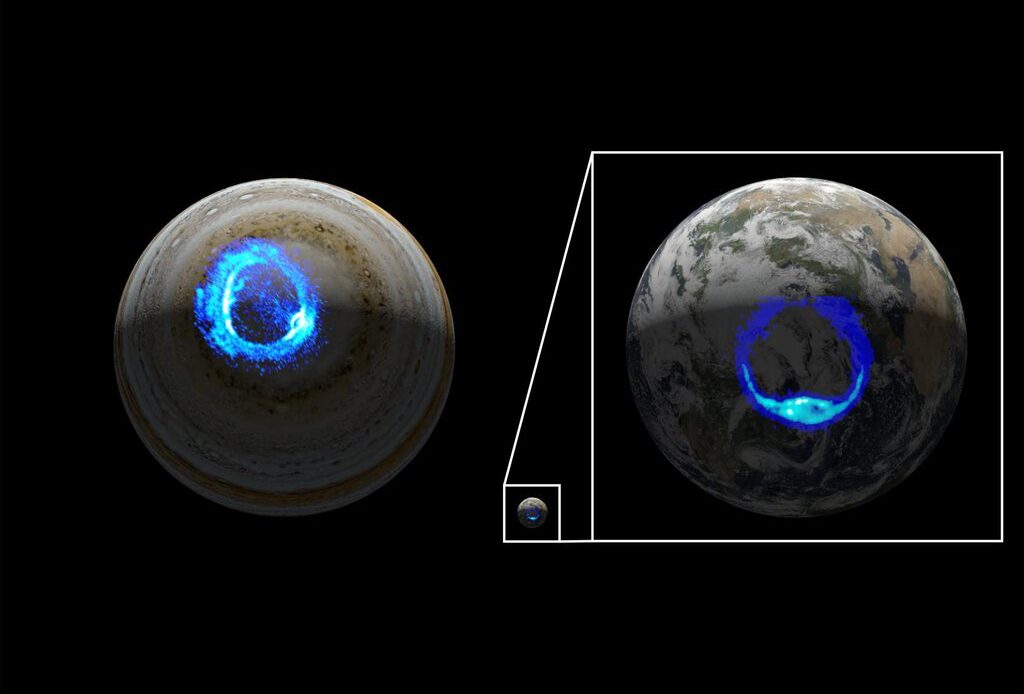
We have all scientific gizmos that allow us to peek into the corners of the deepest space. The strong telescope we have built means we can return in time and even see the celestial body formed in the previous universe. But sometimes, our observations of the earth cannot capture space objects in certain ways only because we are on earth.
For example, taking Jupiter’s planet. Giant gas further from the sun than the earth. When Jupiter’s orbit is located outside the earth’s orbit, we can only see Jupiter’s face illuminated due to sunlight. Jupiter’s sickle can never be seen from the earth.
Juno’s mission team published an image of crescent of Jupiter on February 14.
“If you could ride along with NASA’s Juno spacecraft as it approaches Jupiter during one of its regular close passes by the giant planet, you would be treated to a striking vista similar to this one”, the blog said
The planet can be seen partially illuminated due to sunlight. The photo was clicked using JunoCam. The camera took seven images during Juno’s 39th close pass by Jupiter on January 12.


